
Beyond Hallucination: Filippi & Moschin’s Hyperrealist Turn in AI Art
Filippi and Moschin explore how AI-generated hyperrealism is opening new creative possibilities for luxury packaging design.
Filippi and Moschin explore how AI-generated hyperrealism is opening new creative possibilities for luxury packaging design
In the global conversation on artificial intelligence and aesthetics, few voices stand as clearly—and as defiantly—as those of Andrea Filippi and Gabriele Moschin . The Italian duo have built a reputation for works that both embrace the algorithmic unknown and resist the dystopian pull of the machine’s most fashionable hallucinations. Their practice is not about showcasing artificial intelligence as spectacle. Rather, it is about bending it toward a higher aim: the pursuit of Beauty.
This commitment to beauty—problematic, layered, and insistently human—defines their latest exploration: a body of **AI-generated hyperrealist photography** that pushes the boundaries of material perception. These works, many of them featuring submerged faces refracted by water and light, shimmer with the hallucinatory tactility of glass and skin. They look less like outputs of a machine and more like impossible photographs captured in some experimental atelier. And yet, they are born entirely from a dialogue between human intention and artificial imagination.
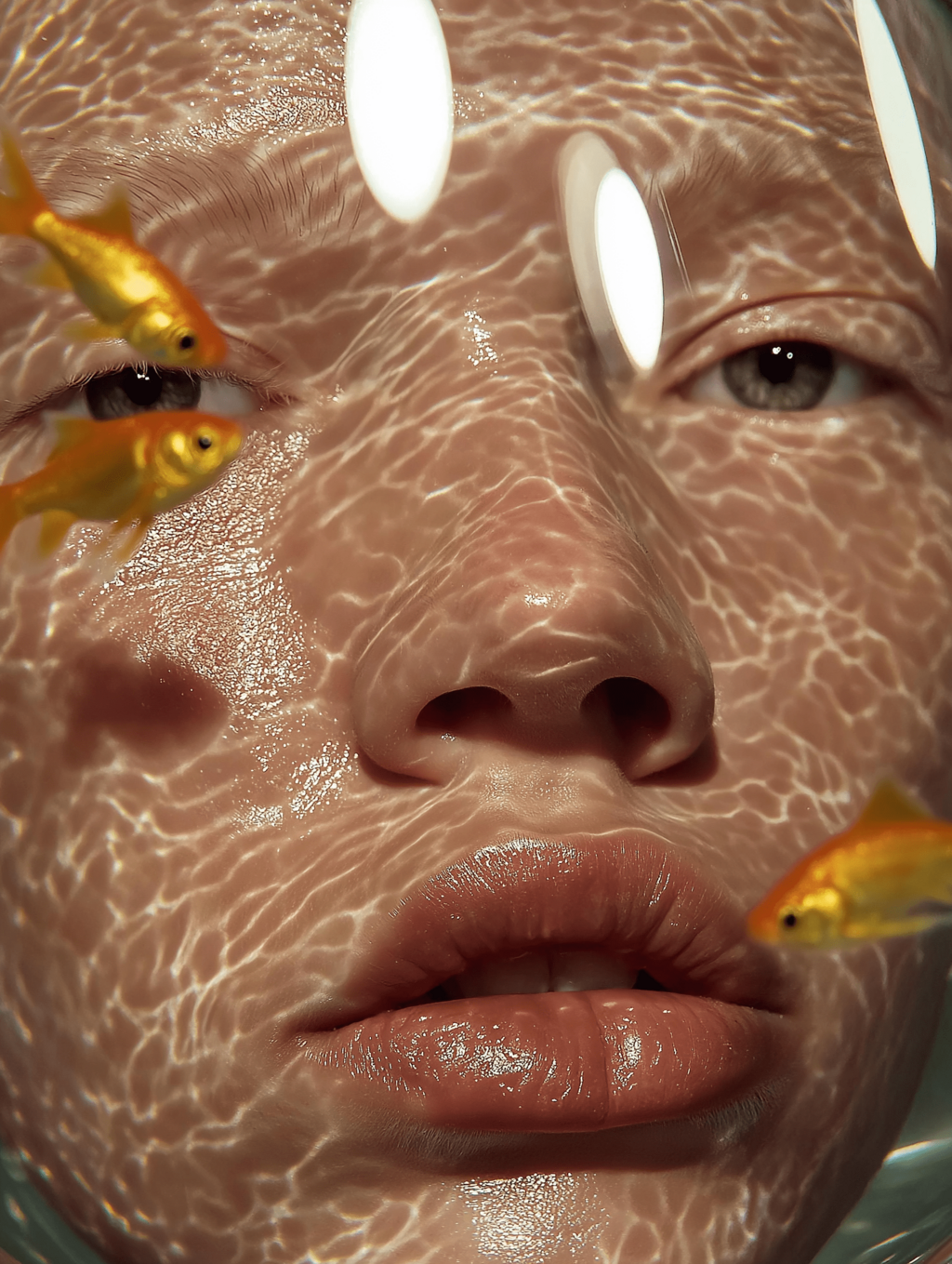
From Machines to Beauty
Filippi and Moschin’s partnership is rooted in a conviction they repeat like a mantra: “Machines are a tool for Beauty.” Their biography is studded with milestones that demonstrate how consistently they have pursued this ethos. In 2023, they co-authored “Poesie dalla Macchina Pensante. Liriche dell’AI”, Italy’s first book entirely written and illustrated with next-generation AI. By 2025, they had co-directed “From Artificial Intelligence to Augmented Imagination” at Packaging Première & PCD Milan, positioning their work at the crossroads of luxury design and critical art-making.
What unites these projects is neither a fetish for technology nor a naïve faith in automation. Instead, it is a precise aesthetic and philosophical stance: “AI is never the author, only the co-author.” Their practice insists on what they call “Augmented Imagination”—a refusal to cede creative authority to machines, and an embrace of the fertile unpredictability that arises when human intention collides with algorithmic suggestion.
Against the Grain of AI Aesthetics
It is tempting to conflate AI art with the dreamlike distortions that dominate social feeds: melting faces, uncanny hybrids, surrealist excesses. Filippi and Moschin categorically 1 di 4 reject this trend. For them, such distortions are not a vision of the future but an aesthetic dead end—a reliance on disformism and algorithmic glitch as a style in itself.
“ This distinction is crucial, ” remarks Andrea Filippi. “ Many artists mistake the hallucination for the artwork, ” adds Gabriele Moschin, “ but we are not interested in celebrating the machine’s errors; we aim instead to curate a new grammar of beauty .”
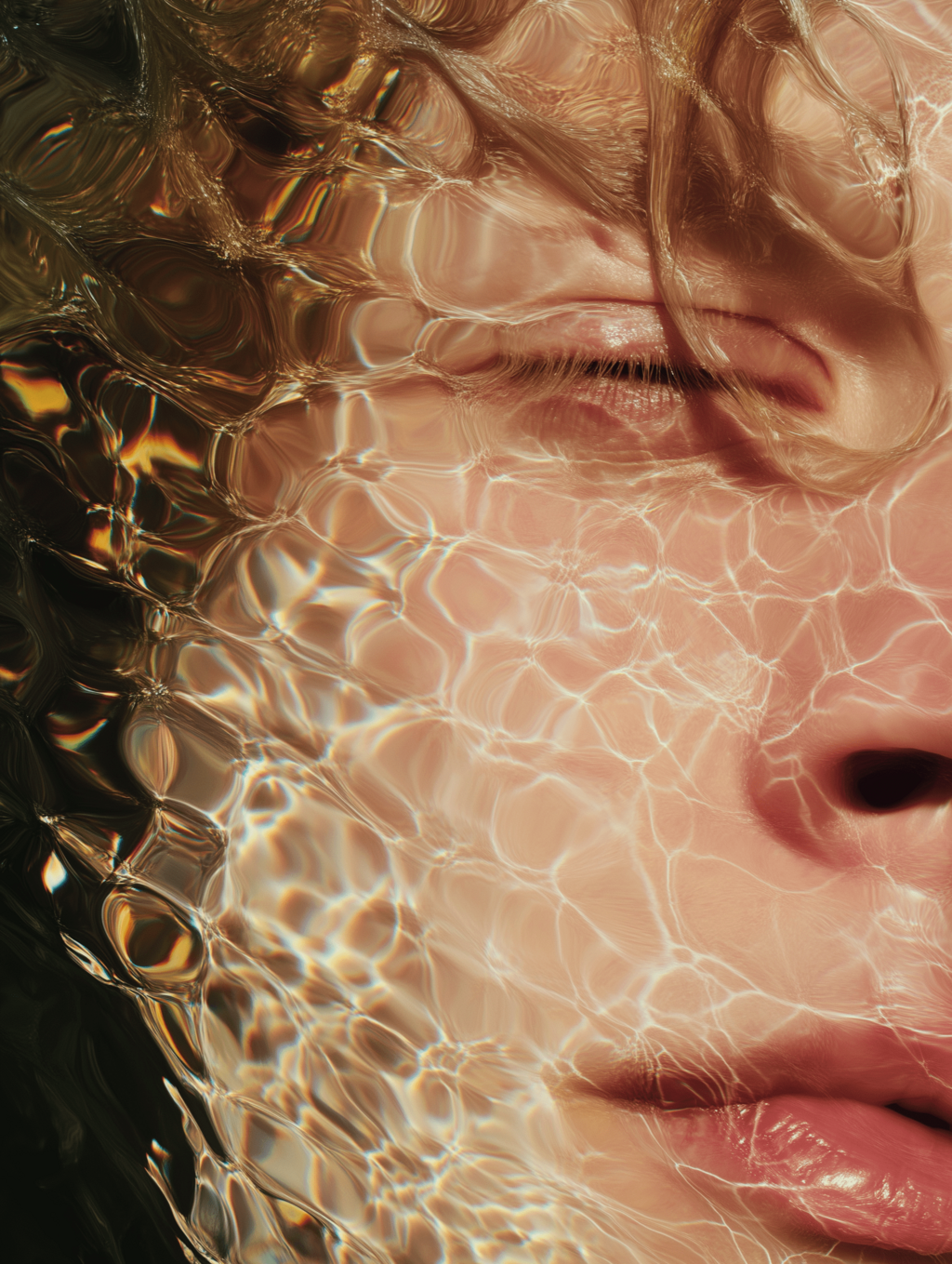
Hyperrealism as Resistance
The duo’s current hyperrealist series extends this philosophy into the terrain of photography. At first glance, these images resemble high-resolution fashion editorials: wet skin, rippling water, sunlight fractured into prismatic patterns. Look closer, however, and the impossible perfection of these details betrays their origin in an AI system. Here lies the paradox: hyperrealism is used not to simulate reality but to “amplify its impossibility”.
The effect is both seductive and unsettling. Faces appear at once human and beyond human, captured in a state of perpetual liquidity. Water, a motif historically tied to purity and transformation, becomes the duo’s medium of resistance: a surface of distortion that nonetheless preserves form. In this way, the works distance themselves from grotesque mutations, offering instead a choreography of transparency, reflection, and light.
If Grifola Frondosa was their manifesto of co-authorship, these images are their proof of concept. They demonstrate that AI can indeed be directed toward elegance, toward refinement, toward a visual language suitable for the most demanding contexts of luxury packaging and design.
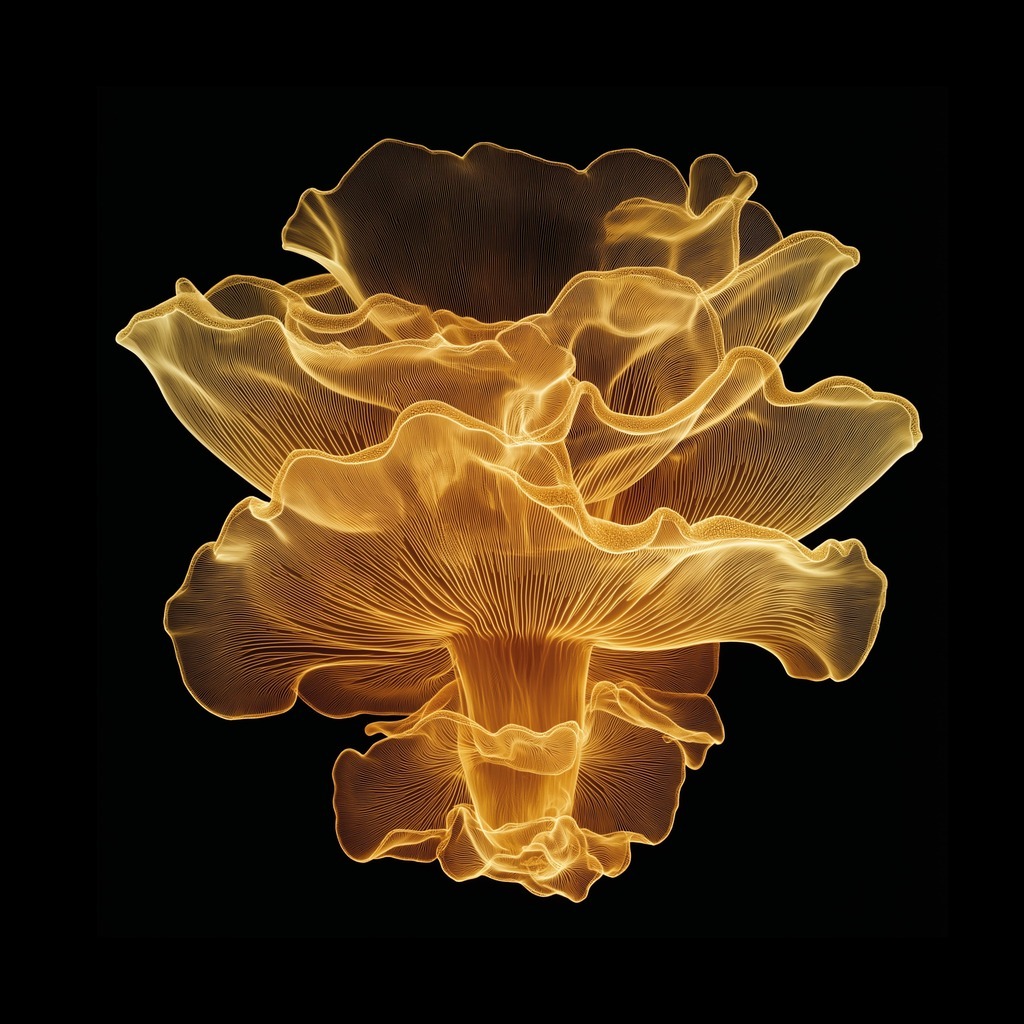
Grifola Frondosa, 2025
Toward Packaging Futures
The link between these hyperrealist images and packaging may not be immediately obvious. But for Filippi and Moschin, the connection is essential. Packaging design, especially in the luxury sector, thrives on visual allure: the shimmer of a surface, the intimacy of touch, the promise of sensory immersion. Hyperrealist AI photography, with its ability to generate surfaces that do not exist yet feel palpably real, offers an unprecedented resource for the field.
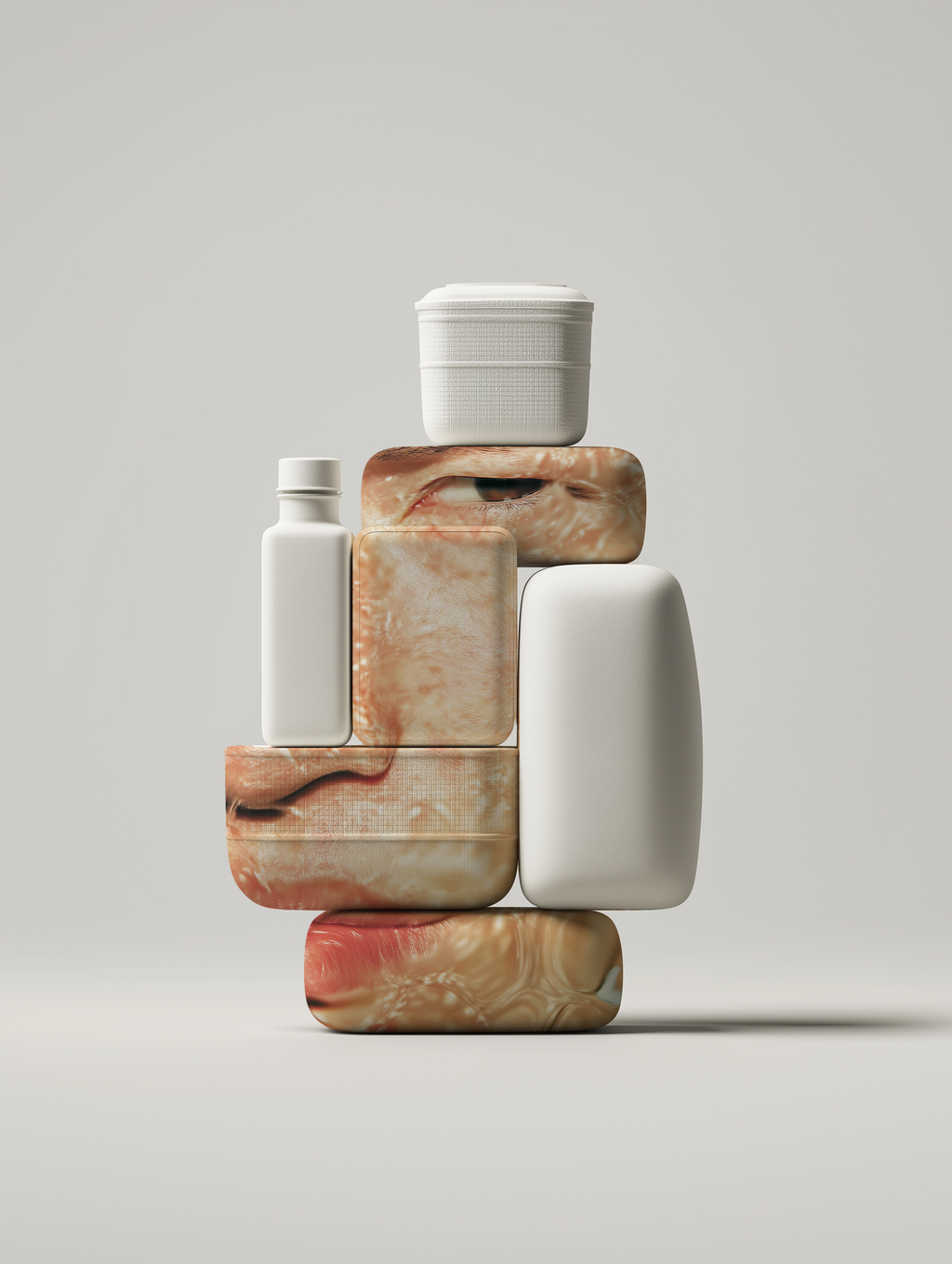
Imagine a perfume bottle adorned with one of their aquatic portraits: a glass vessel whose visual identity already ripples with liquid light. Or a champagne label where the hyperreal texture of skin and water becomes a metaphor for effervescence. These are not speculative exercises. They are real directions the duo is already exploring with brands across fashion, jewellery, and hospitality.
In a world where packaging increasingly serves as a brand’s primary interface with its audience, the capacity to conjure impossible realism has immense value. It allows brands to evoke desire and intrigue without relying on literal representation. It creates what the 2 di 4 duo call a “meta-photography”: images that look more real than real, anchoring luxury narratives in a space between material truth and imaginative excess.

The Philosophy of Augmented Imagination
At the heart of Filippi and Moschin’s practice is a philosophical framework they continue to refine. They describe their method as a “phenomenology of Augmented Imagination”.
This approach involves several principles:
Heterogony of ends . Outcomes are not pre-defined but emerge unexpectedly from intentional choices. Beauty arises from surprise, not control.
Prompting as poetry. For the duo, prompts are not commands but incantations—a liminal form of writing that blurs the line between code and verse.
Co-authorship . AI is not a tool of delegation but of negotiation. The artist maintains authority by constantly re-directing, editing, and reselecting outputs.
Becoming more human and less human at once:
Their practice embraces a paradoxical movement. On one side, becoming more human—since AI relieves the artist from certain time-consuming production logics and elevates creative intention to a higher plane of refinement. On the other, becoming less human—since true collaboration requires opening a dialogue with the machine, recoding its semantics, accepting its rizomatic deviations, and allowing non-human agency to shape new fields of meaning. This stance, they argue, is what separates critical AI art from technophilic spectacle. It allows them to pursue works that are not only visually compelling but philosophically grounded.
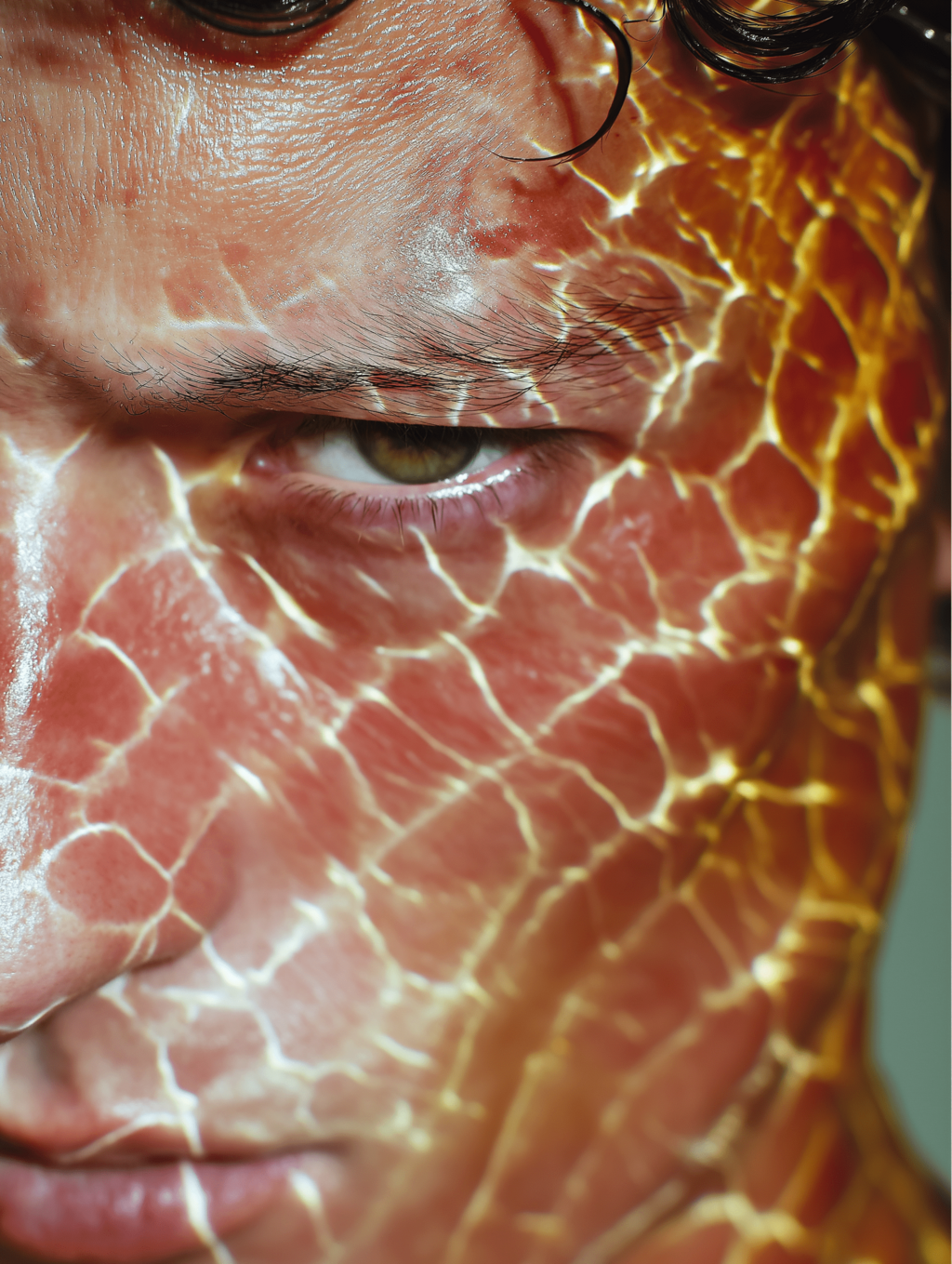
Beyond the Uncanny
The aquatic series, with its play of transparency and refraction, exemplifies this philosophy. Unlike much AI portraiture, which dwells in the uncanny valley, these works inhabit a different territory: one of heightened sensuality. They invite the viewer not to recoil from imperfection but to marvel at precision. Their hyperrealism does not erase humanity; it intensifies it. Lips glisten, eyes glimmer, skin flushes with impossible textures —yet the emotional pull remains deeply human.
Here again, the duo diverge from prevailing AI aesthetics. Where others revel in collapse and mutation, Filippi and Moschin pursue clarity, resonance, and the kind of beauty that can hold its place within centuries of art history. Their ambition is not to create the grotesque future of images but to extend the lineage of beauty into a new, algorithmically mediated era.
Shaping the Future of Luxury and Art
As AI art continues to evolve, questions of authorship, authenticity, and aesthetics remain unresolved. But Filippi and Moschin’s work provides a compelling case study in how these questions might be navigated. By combining philosophical rigor with visual innovation, they have carved out a space where AI is not a threat to creativity but a partner in its renewal.
Their hyperrealist turn is more than an experiment in style. It is a statement: that “Beauty remains a valid pursuit in the age of machines”, and that luxury design has much to gain from artists who treat AI not as an end but as a means. As the duo themselves put it, “We do not make art to tell the story of the machine. We make art despite the machine.”
In this refusal lies their greatest contribution. Against the backdrop of algorithmic distortion and dystopian aesthetics, Filippi and Moschin remind us that beauty— shimmering, tactile, impossible beauty—remains the most radical gesture of all.
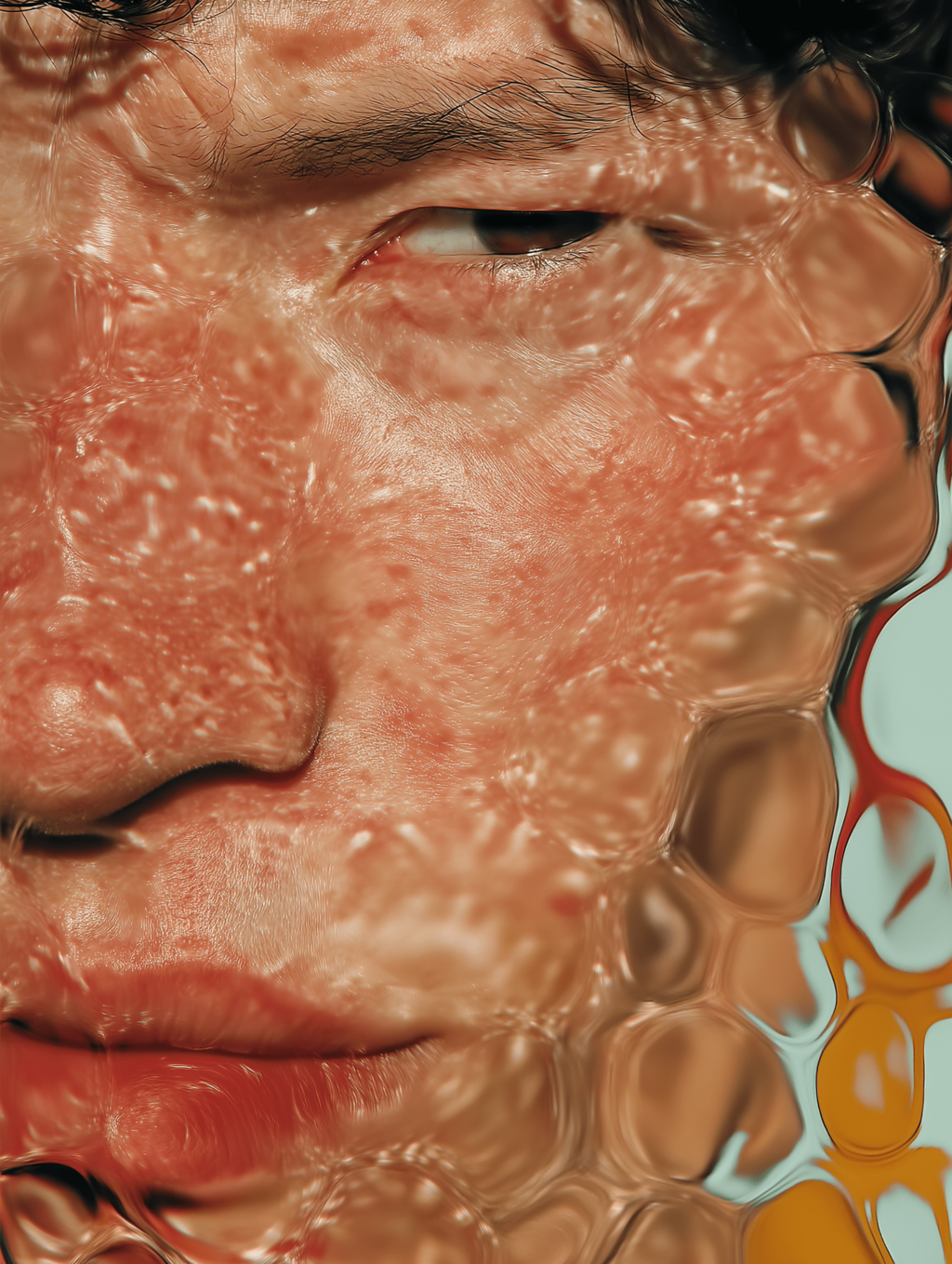
Find out more about Andrea Filippi and Gabriele Moschin .





